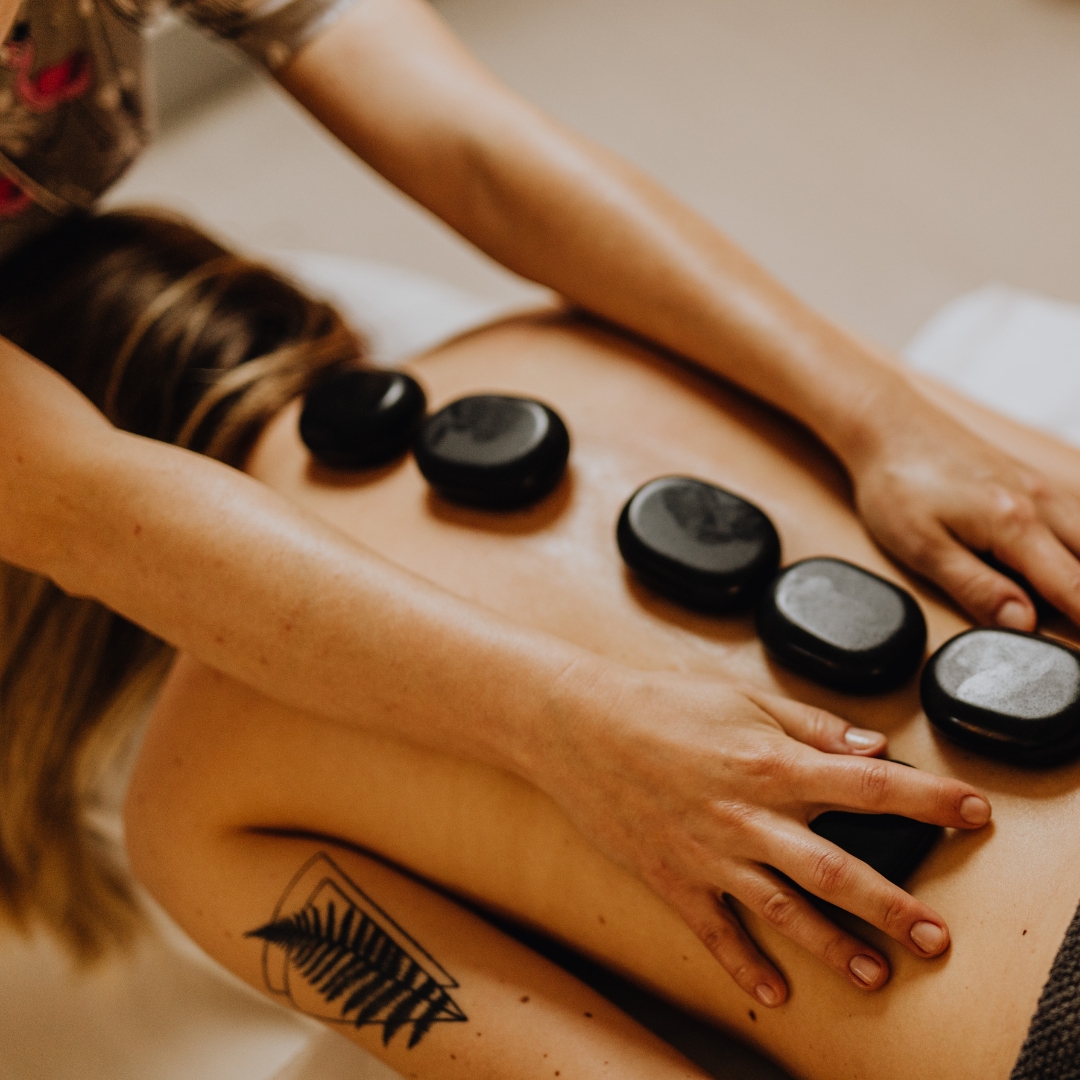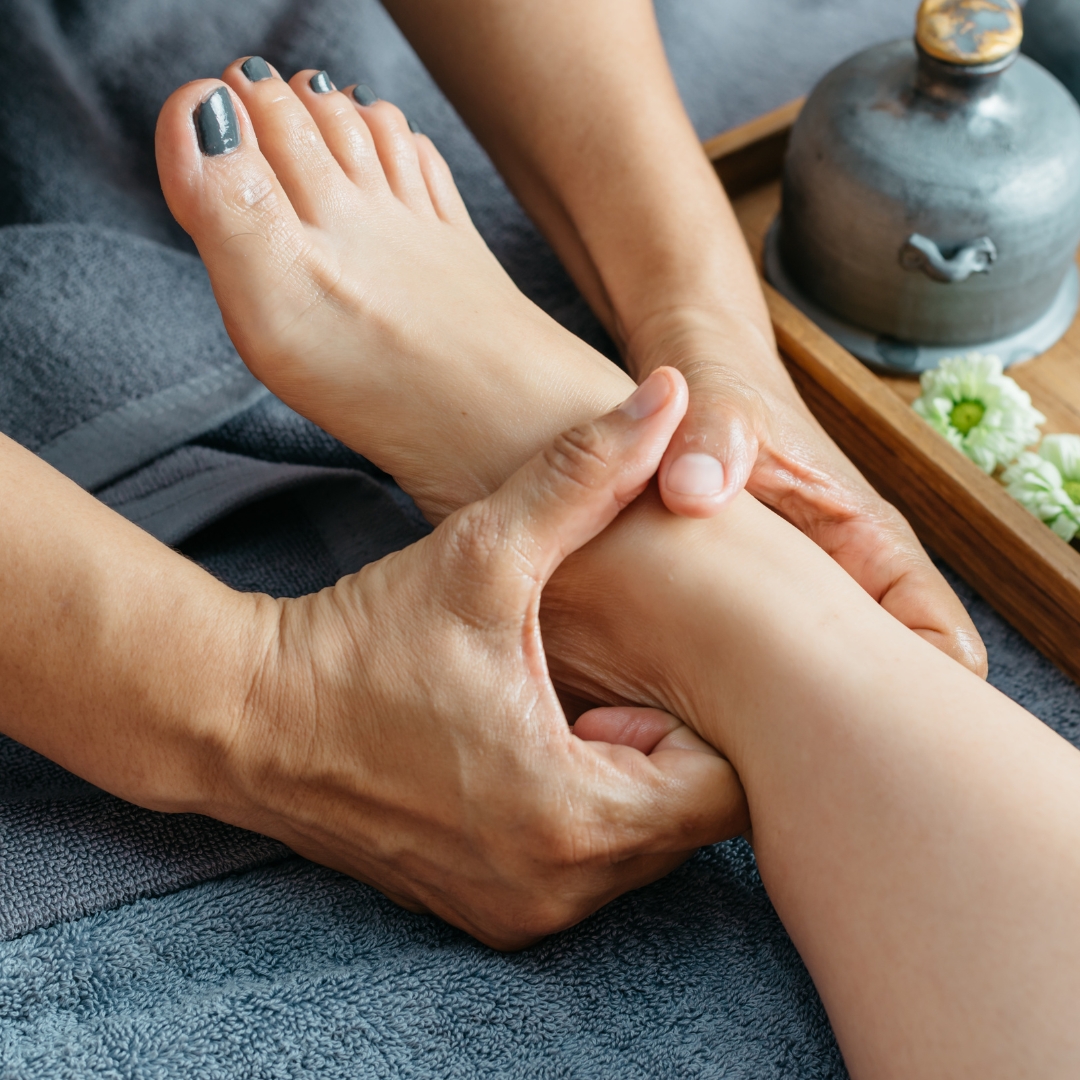Taking a Thai Massage course in Bangkok is a unique and rewarding experience, offering both theoretical knowledge and hands-on practice in a rich cultural setting. If you’re thinking about enrolling in a course, here’s a step-by-step guide to what you can expect.


1. Introduction to Thai Massage
The course will typically start with an introduction to Thai massage’s history, principles, and cultural significance. You’ll learn about its origins in traditional Thai medicine, its healing properties, and its role in wellness practices.- History and Background:You will gain insights into how Thai massage evolved from ancient healing practices and its connection to Buddhism and Thai culture.
- Therapeutic Benefits:You’ll learn how Thai massage promotes relaxation, alleviates pain, and enhances flexibility.
2. Overview of Techniques
A key part of the course is understanding the different techniques used in Thai massage. Instructors will demonstrate and teach various techniques, which may include:- Acupressure:Applying pressure to specific points on the body to release tension and unblock energy.
- Stretching:Techniques that involve gently stretching the body to improve flexibility and muscle tension.
- Palming and Thumbing:Using your palms, thumbs, and fingers to apply pressure along energy lines (Sen lines) that run throughout the body.

3. Learning the Fundamentals
You’ll be taught the fundamental skills required to perform Thai massage effectively. This includes:- Body Mechanics:Proper posture, hand placement, and body movements to prevent strain while delivering the massage.
- Pressure Application:How to apply appropriate pressure, adjust based on the client’s comfort level, and ensure therapeutic results.
- Sen Lines:Understanding the energy lines of the body, similar to meridians in acupuncture, which are central to Thai massage techniques.
4. Hands-On Practice
Hands-on training is essential in Thai massage courses. You’ll spend significant time practicing techniques on fellow students, with instructors offering feedback and guidance. During these sessions, you’ll:- Practice on partners:Work with classmates or volunteers to learn the techniques, including body stretches and acupressure points.
- Adjust Pressure:Learn how to adjust pressure based on the client’s needs and comfort.
- Simulate Real-World Scenarios:Practice offering a full massage sequence, simulating real-world sessions with clients.
5. Learning Sequences
A typical Thai massage involves performing a set series of movements. You will be taught the standard full-body sequence, which typically includes:- Starting Positions:Understanding how to prepare the client, including how to help them comfortably lie on the mat.
- Upper Body Massage:Techniques for massaging the back, shoulders, arms, and neck.
- Leg and Foot Massage:Learning how to properly massage legs, feet, and toes.
- Final Relaxation Techniques:Wrapping up the session with gentle stretches and relaxation to calm the body.

6. Breathing and Energy Flow
An important component of Thai massage is the focus on breathing techniques and energy flow. Instructors will teach you how to:- Breathe with rhythm:Synchronize your movements with deep, steady breathing to promote relaxation and energy circulation.
- Promote energy flow:Understand the role of energy and how it flows through the body, allowing you to enhance the therapeutic effects of your massage.
7. Safety and Ethics
In every course, you’ll be taught proper safety and ethical guidelines for practicing Thai massage. This includes:- Client Comfort and Safety:How to ensure the client feels comfortable, relaxed, and secure during the session.
- Cultural Sensitivity:Respecting cultural norms and ensuring the massage is performed with professionalism and integrity.
- Proper Hygiene:Learning about hygiene practices and maintaining a clean and safe environment for both the practitioner and client.
8. Certification and Graduation
Upon completion of the course, you’ll receive a certificate indicating that you have successfully learned the basics of Thai massage. This is typically awarded after passing practical and theoretical exams, where you’ll:- Demonstrate Techniques:Perform the Thai massage sequence on a fellow student or instructor.
- Written Test:In some cases, there might be a short exam to test your knowledge of techniques, theory, and the principles behind Thai massage.
9. Opportunities After the Course
Once you’ve completed the course, you’ll be ready to start offering Thai massage professionally. Some options include:- Freelance Work:Offering services at your own spa or wellness center.
- Spas and Resorts:Many graduates work at established spas and resorts, both locally and internationally.
- Further Specialization:You might choose to take advanced courses to specialize in specific types of Thai massage, such as foot massage or traditional healing practices.

